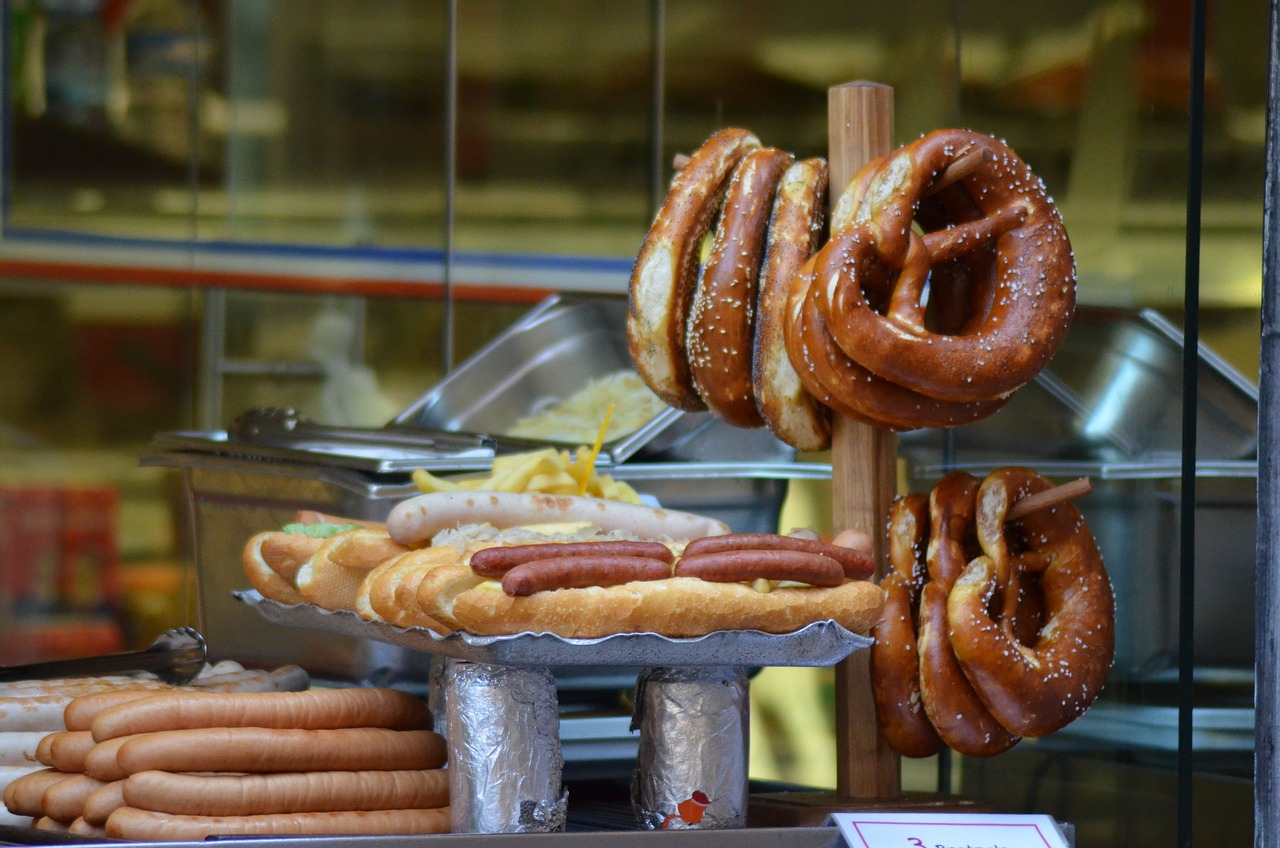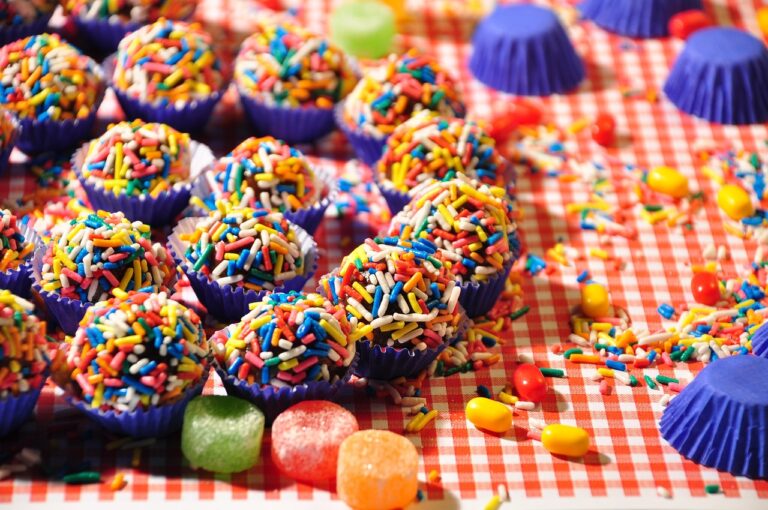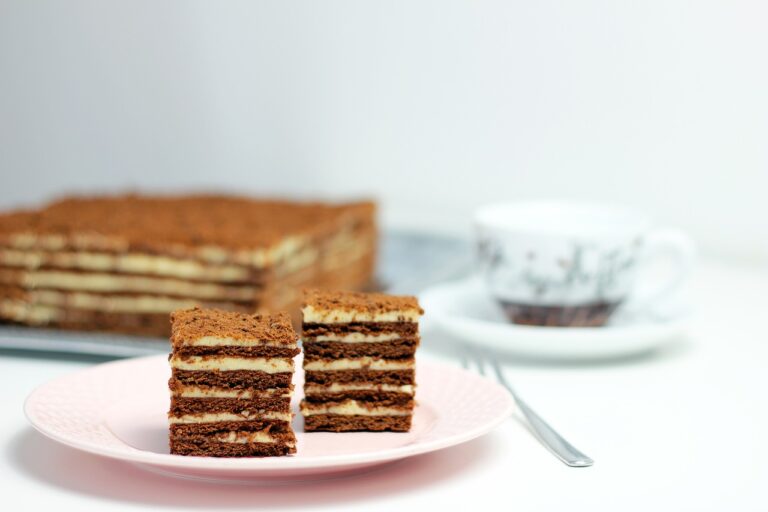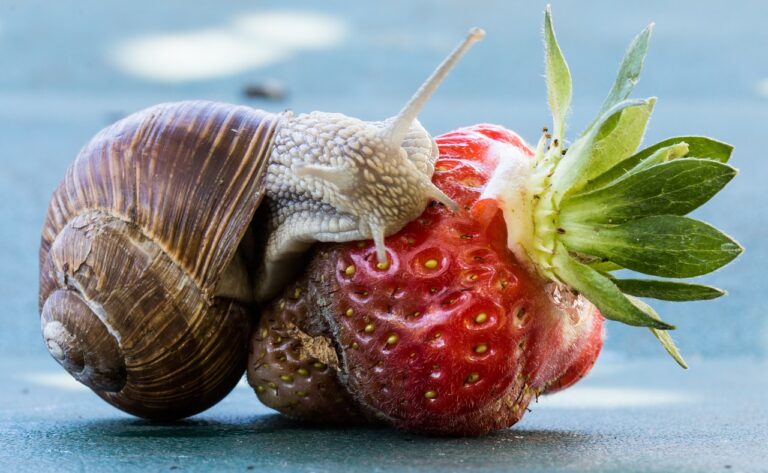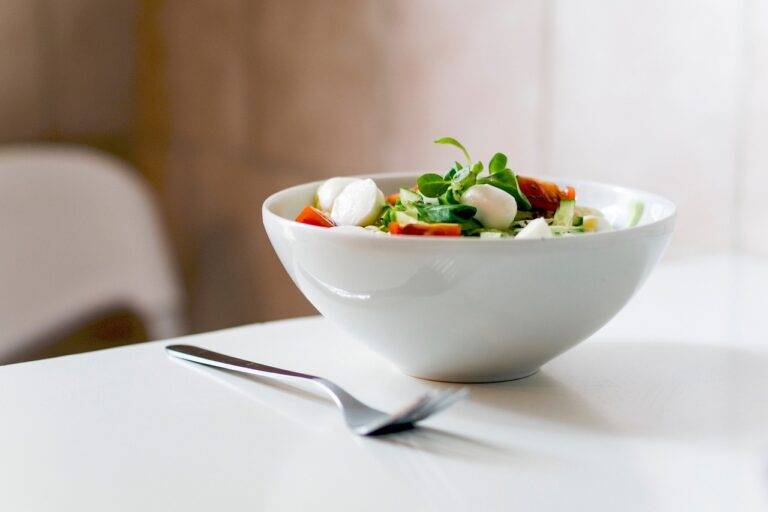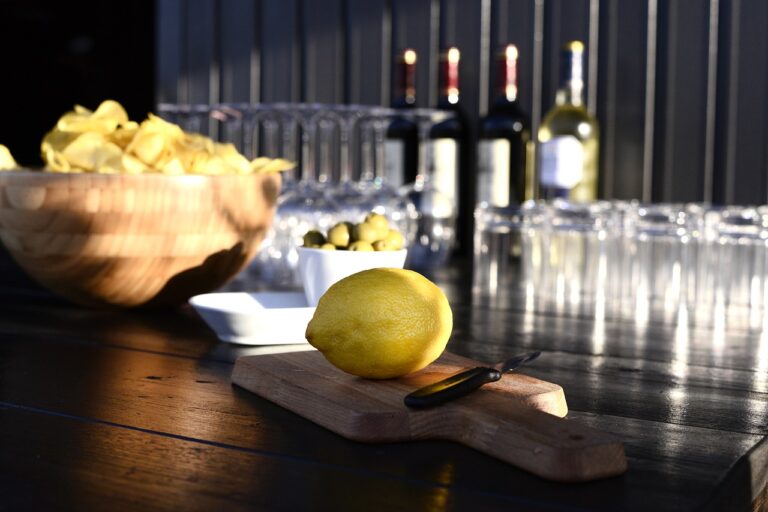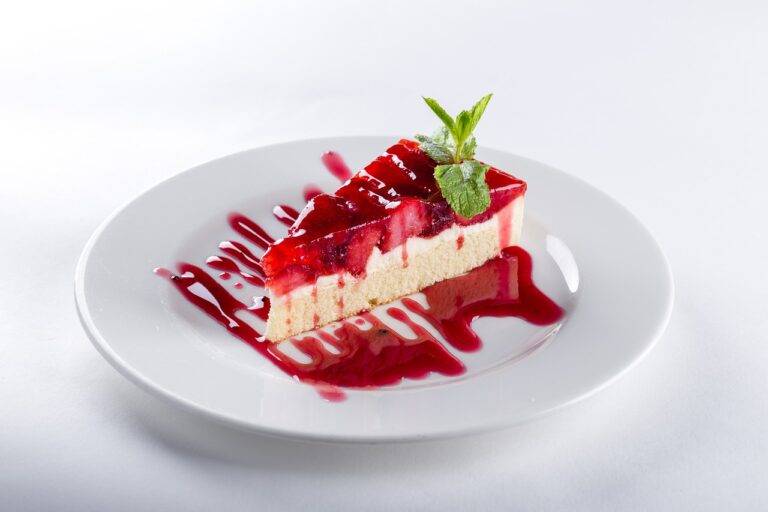The Art of Food Plating: Creating Instagram-Worthy Masterpieces
Creating an appealing presentation in food is crucial, as it enhances not only the visual experience of the dish but also influences the overall dining experience. When food is presented thoughtfully, it not only showcases the chef’s skill and creativity but also entices the diner’s senses, elevating the enjoyment of the meal. Presentation plays a significant role in shaping perceptions about the taste and quality of the dish before even taking the first bite.
The way food is arranged on a plate can make a substantial difference in how it is perceived by the diner. A well-presented dish is more likely to be perceived as appetizing and satisfying, whereas a poorly presented one may not receive the same level of appreciation. By paying attention to details such as color coordination, garnishing, and portion placement, chefs and home cooks alike can create visually stunning plates that complement the flavors and textures of the food.
Choosing the Right Plate for Your Dish
When it comes to selecting the appropriate plate for your dish, it’s essential to consider not only the size and shape of the plate, but also its color and design. The plate serves as the canvas for your culinary creation, enhancing the presentation and overall dining experience. A simple, white plate can highlight the colors and textures of the food, while a plate with a bold pattern or vibrant color can add an element of artistry to the presentation.
In addition to aesthetics, the functionality of the plate is crucial. The size of the plate should be proportionate to the portion size of the dish to ensure that it doesn’t look overwhelmed or sparse. Consider the depth of the plate as well – shallow plates work well for dishes with sauces or garnishes, while deeper plates are suitable for meals with soups or stews. Ultimately, the right plate can elevate the visual appeal of your dish and leave a lasting impression on your diners.
Balancing Colors and Textures on the Plate
When it comes to creating an aesthetically pleasing dish, balancing colors and textures on the plate can make all the difference. The key is to consider the visual appeal as well as the overall dining experience.
Incorporating a variety of colors can enhance the presentation of your dish, making it look more appetizing and inviting. From vibrant greens and reds to earthy browns and whites, a well-balanced color palette can make your food visually appealing. Pairing contrasting colors can create a dynamic and striking look, while using complementary colors can evoke a sense of harmony and balance on the plate.
• Incorporating a variety of colors can enhance the presentation of your dish
• From vibrant greens and reds to earthy browns and whites, a well-balanced color palette can make your food visually appealing
• Pairing contrasting colors can create a dynamic and striking look
• Using complementary colors can evoke a sense of harmony and balance on the plate
In addition to balancing colors, considering textures is also crucial in creating a visually pleasing dish. Combining different textures such as crispy, creamy, crunchy, or smooth can add depth and interest to your plate. Texture variation not only enhances the visual appeal but also provides a more satisfying dining experience for your guests.
When planning your meal presentation, think about how you can incorporate both color balance and texture variation to create an eye-catching and delicious dish that will leave a lasting impression on those who enjoy it.
Why is presentation important in food?
Presentation plays a crucial role in food as it is the first thing that catches the eye of the diner. A well-presented dish not only looks more appetizing but also enhances the overall dining experience.
How can I choose the right plate for my dish?
When choosing a plate for your dish, consider the size, shape, and color of the plate. Make sure the plate complements the colors and textures of the food, and allows enough room for the dish to be showcased.
How can I balance colors and textures on the plate?
To balance colors on the plate, use a variety of colorful ingredients such as fruits, vegetables, and herbs. To balance textures, incorporate a mix of crunchy, creamy, and chewy elements in your dish. Experiment with different combinations to create visually appealing and delicious meals.

